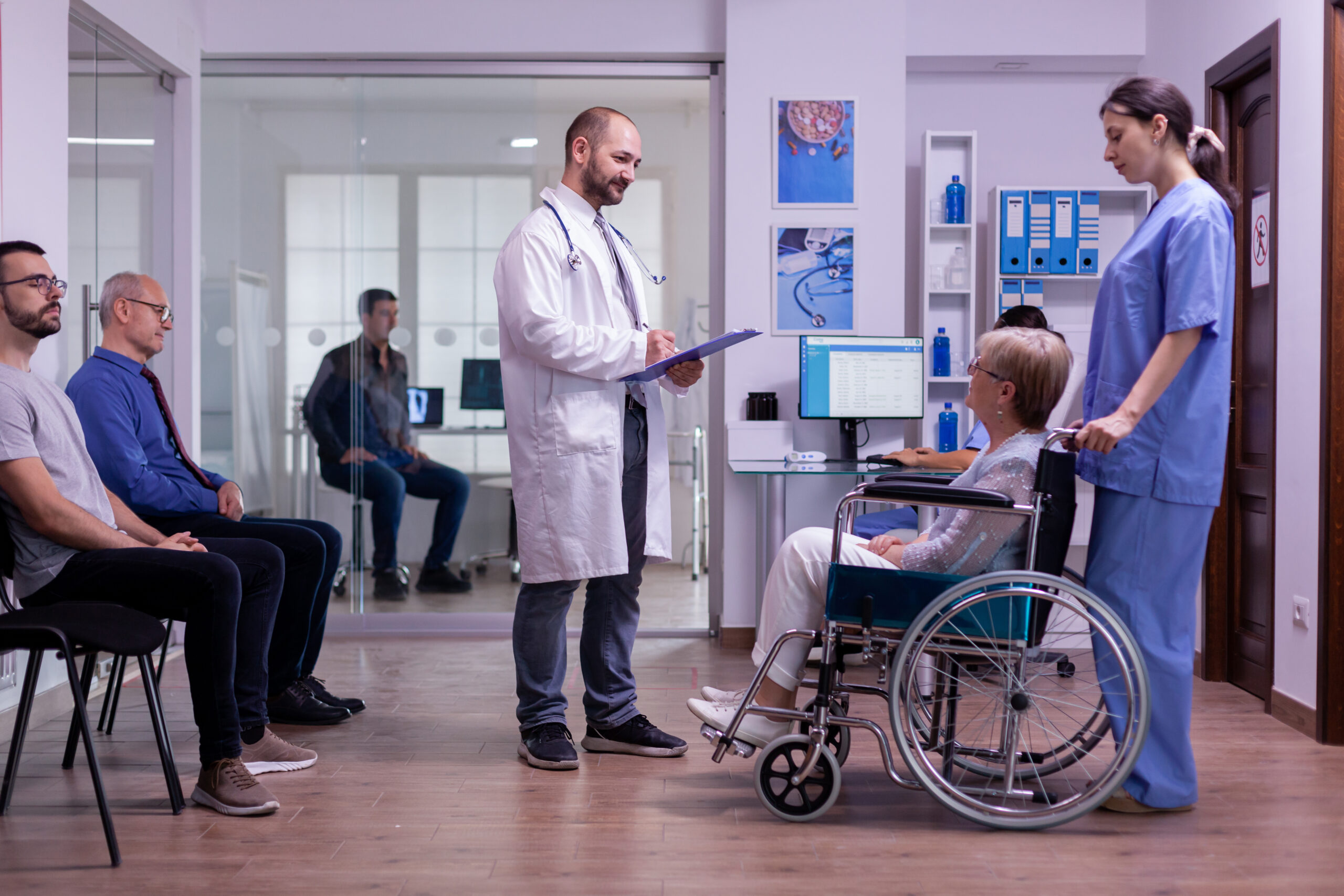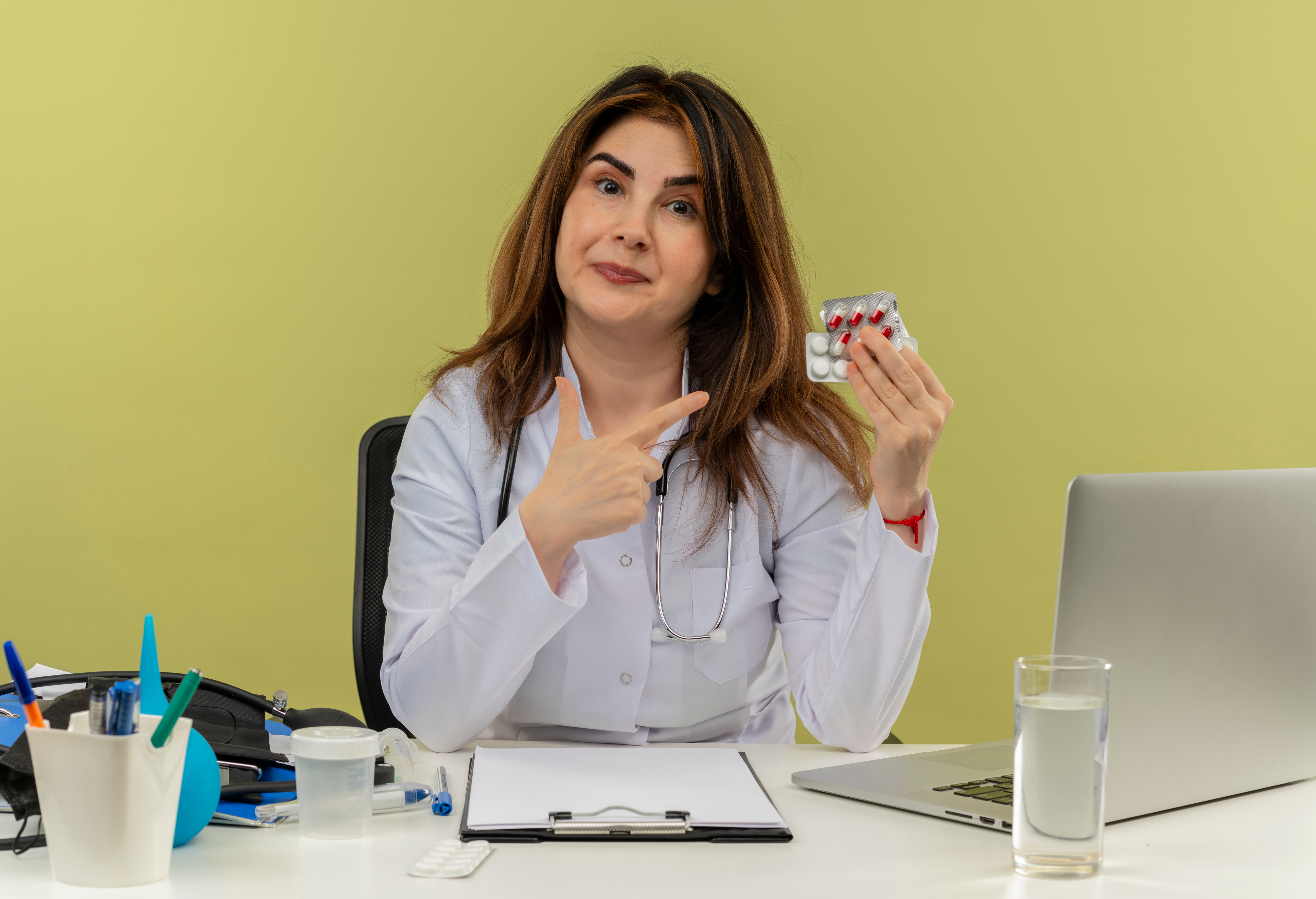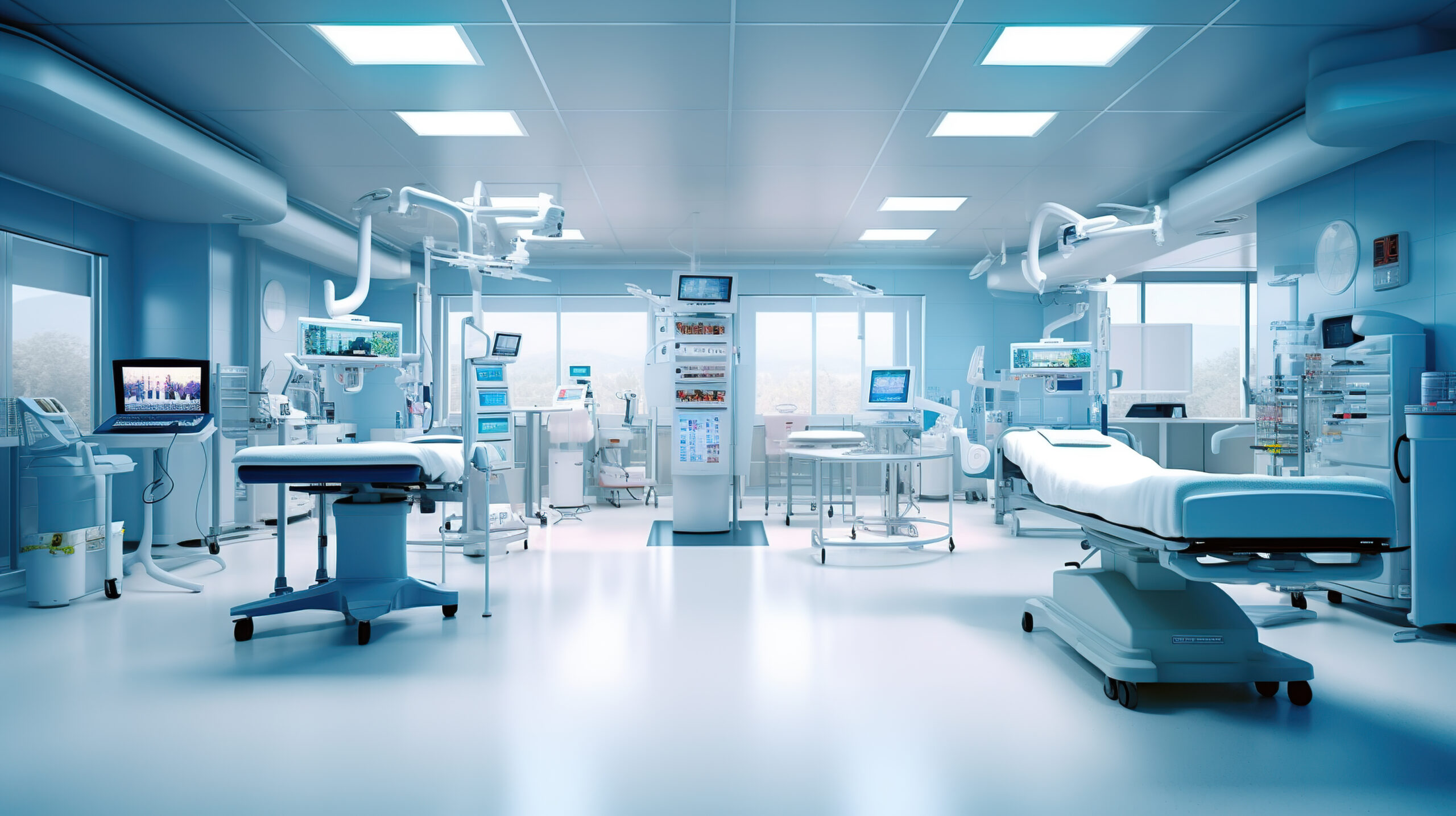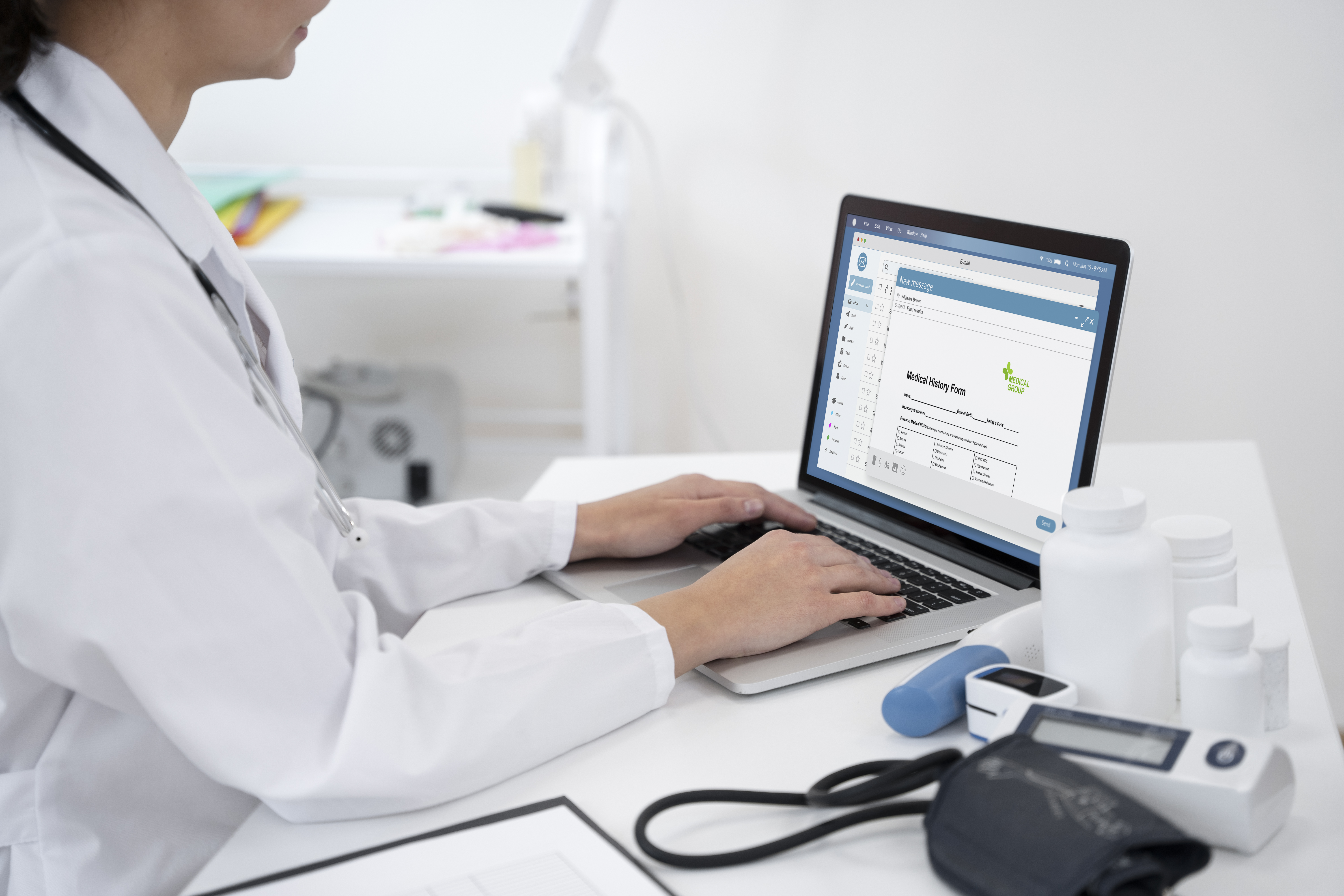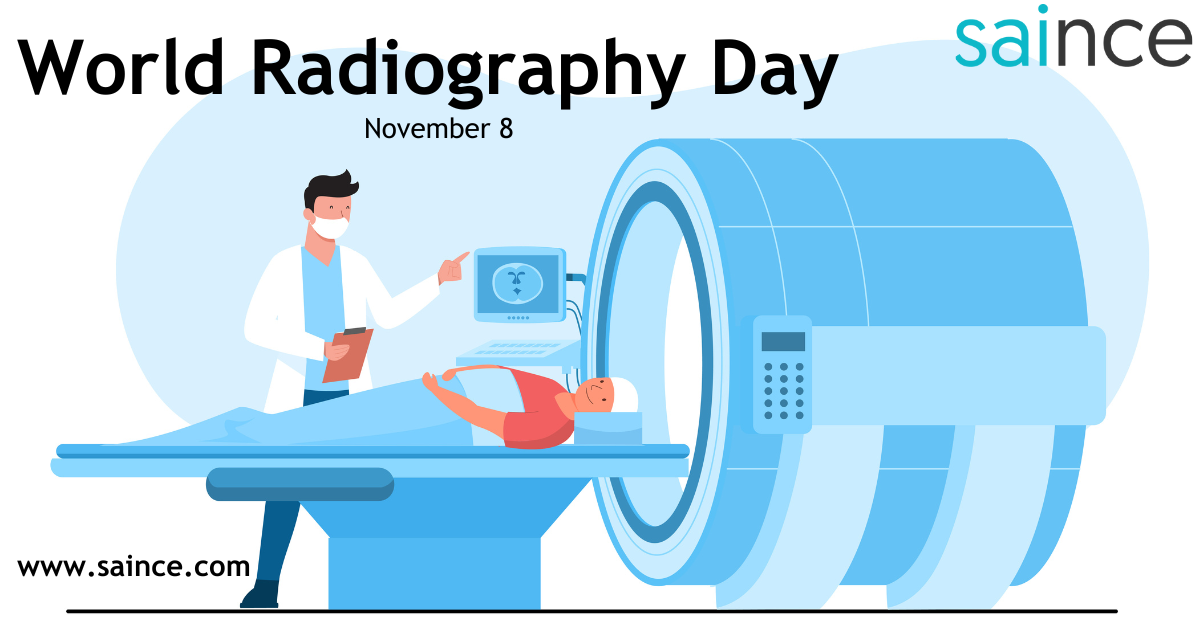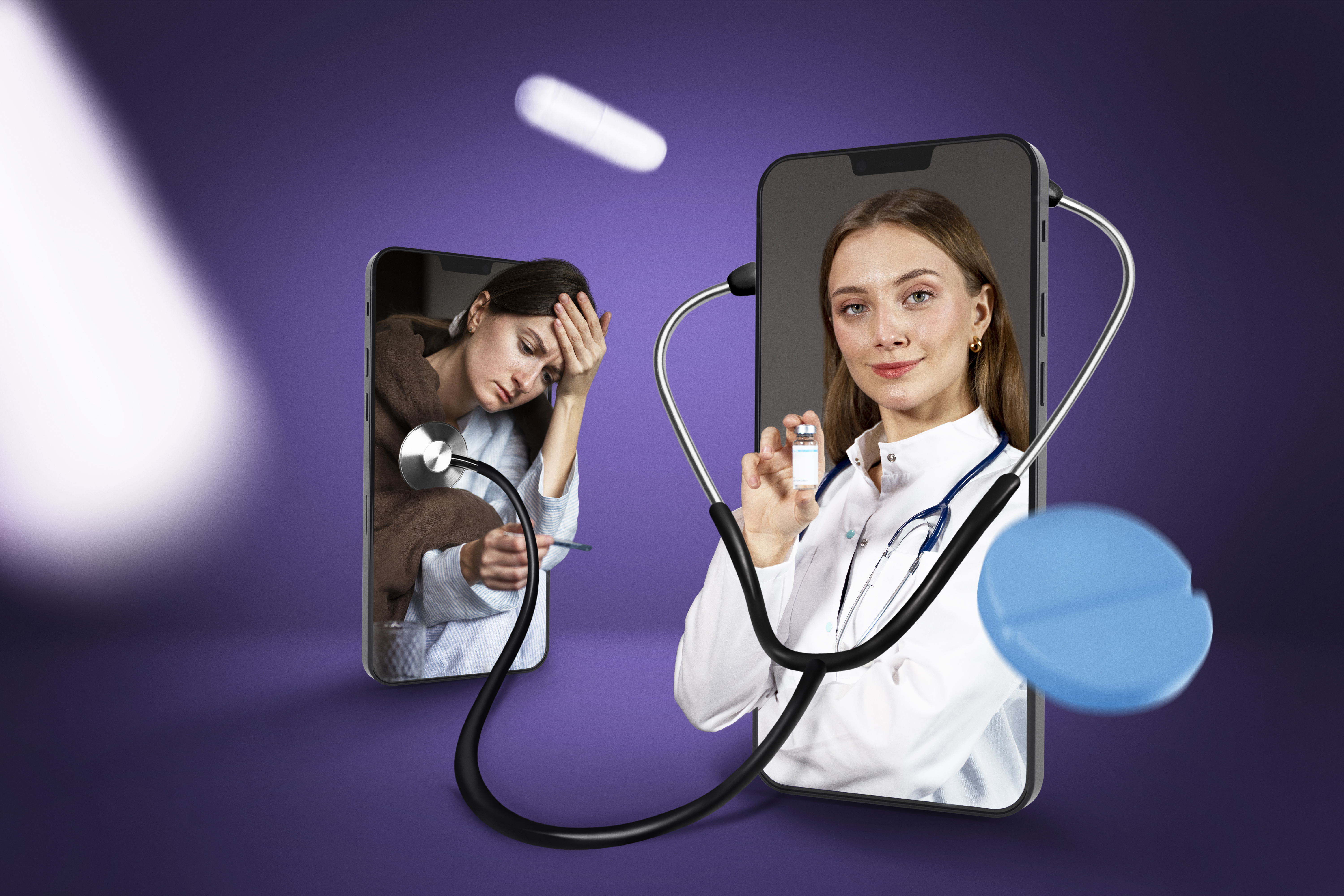The Crucial Role of Outpatient Clinical Documentation Improvement (CDI) in U.S. Healthcare
In the dynamic landscape of U.S. healthcare, the role of Outpatient Clinical Documentation Improvement (CDI) has emerged as a critical factor in ensuring accurate, comprehensive, and high-quality patient care. Traditionally associated with inpatient settings, CDI has evolved to address the unique challenges and opportunities presented by outpatient care, playing a pivotal role in optimizing healthcare outcomes.
Understanding Outpatient CDI:
Outpatient CDI focuses on improving the accuracy and completeness of clinical documentation in settings where patients receive care without being admitted to a hospital. Unlike inpatient CDI, which primarily concentrates on hospital stays, outpatient CDI extends its reach to ambulatory care, physician offices, and other non-hospital healthcare settings.
Key Contributions of Outpatient CDI:
Enhanced Quality of Care:
Outpatient CDI ensures that clinical documentation accurately reflects the patient’s health status and the care provided. This precision in documentation leads to improved care coordination, better-informed decision-making, and ultimately, enhanced patient outcomes.
Optimized Reimbursement:
Accurate documentation is closely tied to reimbursement in healthcare. Outpatient CDI specialists work to capture all relevant diagnoses and procedures, ensuring that healthcare providers receive appropriate reimbursement for the services rendered. This, in turn, contributes to the financial health of healthcare organizations.
Risk Adjustment Accuracy:
In the era of value-based care, risk adjustment is crucial for accurately assessing patient populations’ health status. Outpatient CDI plays a vital role in identifying and documenting chronic conditions and comorbidities, providing a more accurate picture of patient health and contributing to precise risk adjustment models.
Supporting Population Health Management:
Outpatient CDI contributes to comprehensive and accurate health records, facilitating effective population health management. By identifying and addressing gaps in documentation, healthcare providers can better understand the health needs of their patient populations, leading to more targeted preventive and management strategies.
Ensuring Compliance and Regulatory Adherence:
The healthcare industry is subject to numerous regulations and compliance standards. Outpatient CDI helps healthcare organizations adhere to these standards by ensuring that documentation meets regulatory requirements, reducing the risk of audits and penalties.
Challenges and Opportunities:
While the role of Outpatient CDI is pivotal, it comes with its set of challenges. The decentralized nature of outpatient care, diverse documentation practices, and varying EHR systems pose challenges. However, embracing technology, continuous education, and collaboration between CDI specialists and healthcare providers offer opportunities to overcome these hurdles.
The Future of Outpatient CDI:
As the U.S. healthcare industry continues to evolve, Outpatient CDI is expected to become increasingly integral to achieving healthcare excellence. Emphasizing preventive care, accurate risk adjustment, and seamless information exchange, Outpatient CDI is poised to contribute significantly to the industry’s ongoing transformation.
In conclusion, the role of Outpatient CDI in the U.S. healthcare industry is indispensable. By focusing on accurate documentation, improved reimbursement, and supporting population health initiatives, Outpatient CDI ensures that healthcare delivery is not only efficient and cost-effective but also patient-centered and outcomes-driven. As the healthcare landscape continues to evolve, the impact of Outpatient CDI is set to grow, shaping a future where precision and quality define patient care.
